What species of rhino you can expect to see in East Africa
Two independently moving ears, huge beast build, spotting one with both its tusks intact is very rare. in an effort curb poaching most rhinos have their tusks shortened. in Kenya each rhino is protected by its own 24 hour armed guard, living with the animal in the African bush. embellishes the dedication and hard work of the Kenya Wildlife service guards
The Rhino species you will see on safari are:
White rhinoceros
The white rhino is not white. Its two distinguishing features are; 1. its distinctive flat broad mouth that is used for grazing and 2. has a prominent muscular hump that supports its relatively large head. The colour of this animal can range from yellowish brown to slate grey (mud bath, location soils differ). Most of its body hair is found on the ear fringes and tail bristles, with the rest distributed rather sparsely over the rest of the body. There are two subspecies of white rhinoceros: the southern white rhinoceros - most abundant rhino subspecies in the world - and the northern white rhinoceros. The northern subspecies is critically endangered, with as few as three known individuals left in captivity (visit the OL PAJETA CONSERVANCY).
Black rhinoceros
The black rhino is much smaller than the white rhino, and has a pointed mouth, which it uses to grasp leaves and twigs when feeding.
The name "black rhinoceros" was chosen to distinguish this species from the white rhinoceros. This can be confusing, as the two species are not truly distinguishable by colour. The subspecies of black rhino: South-central - the most numerous, which once ranged from central Tanzania south through Zambia, Zimbabwe and Mozambique to northern and eastern South Africa; South-western - which are better adapted to the arid and semi-arid savannas of Namibia, southern Angola, western Botswana and western South Africa; East African - primarily in Kenya & Tanzania.
A really sad statistic
During the latter half of the 20th century, their numbers were severely reduced from an estimated 70,000, in the late 1960s to a record low of 2,410 in 1995. Since then, numbers have been steadily increasing at a continental level with numbers doubling to 4,880 by the end of 2010. Current numbers are however still 90% lower than three generations ago
why miss your chance to catch sight of this endangered species in their natural habitat? .. book your safari today

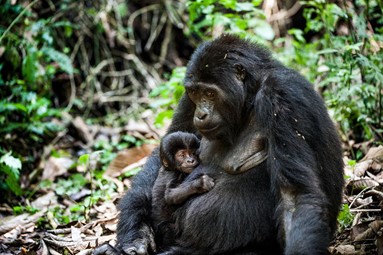
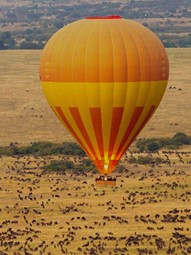
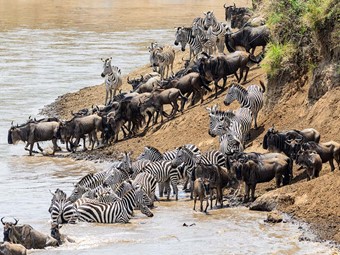
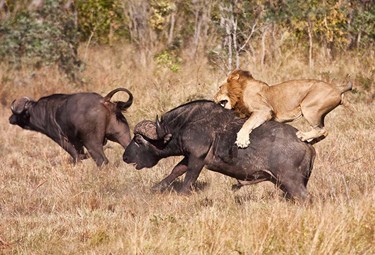
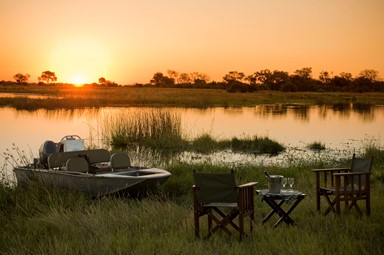
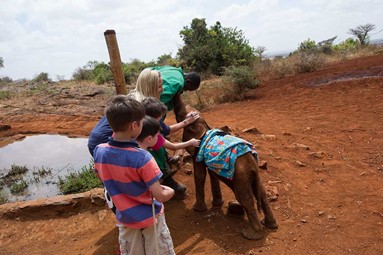































 System.Web.Mvc.HtmlHelper`1[Umbraco.Web.PublishedModels.SafariPage]
System.Web.Mvc.HtmlHelper`1[Umbraco.Web.PublishedModels.SafariPage]